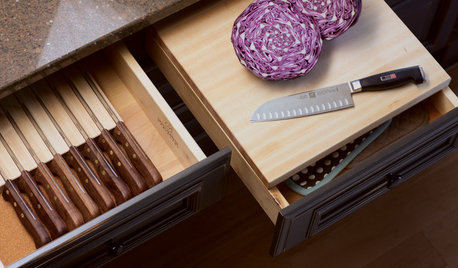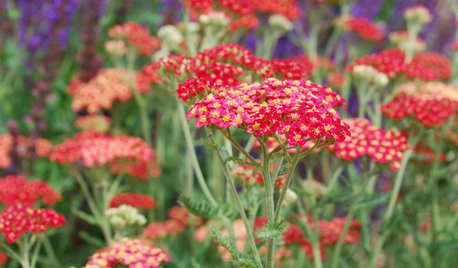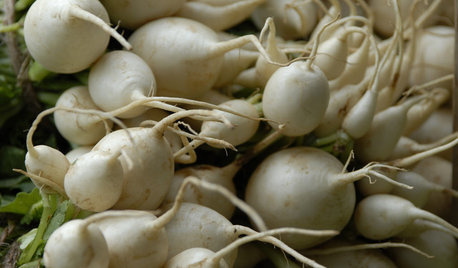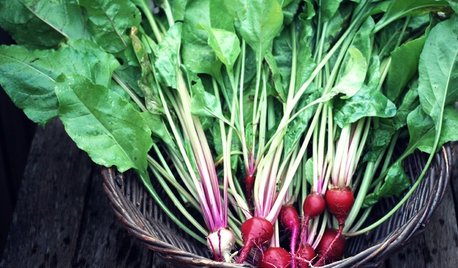rutabagas
kawaiineko_gardener
13 years ago
Related Stories

KITCHEN STORAGEKnife Shopping and Storage: Advice From a Kitchen Pro
Get your kitchen holiday ready by choosing the right knives and storing them safely and efficiently
Full Story
GARDENING GUIDESTexas Gardener's February Checklist
Show roses some love around Valentine's Day and set the stage for future garden growth with seeds and starts
Full Story
GARDENING GUIDESCool-Season Vegetables: How to Grow Turnips
Sweeter after a taste of frost, these often-overlooked root vegetables can be a surprisingly tasty part of your fall garden
Full Story0

EDIBLE GARDENS8 Last-Minute Additions to a Summer Edible Garden
It’s not too late to get these vegetables and herbs planted for a bountiful harvest this year
Full Story
GARDENING AND LANDSCAPINGWorld of Design: 10 Home Gardeners Show Us Their Sweet Summer Harvests
From New York to Tokyo, these gardeners have turned their yards, terraces and rooftops into places of bounty
Full StorySponsored





Donna
denninmi
Related Discussions
Rutabaga questions
Q
Starting Rutabaga Indoors
Q
Saving rutabagas
Q
Rutabaga...
Q
jimster
girlgroupgirl
farmerdill
kawaiineko_gardenerOriginal Author
denninmi
kawaiineko_gardenerOriginal Author
gardendawgie
girlgroupgirl
stuffradio
jimster
Donna
farmerdill
flora_uk
susancol
farmerdill
jimster
natal